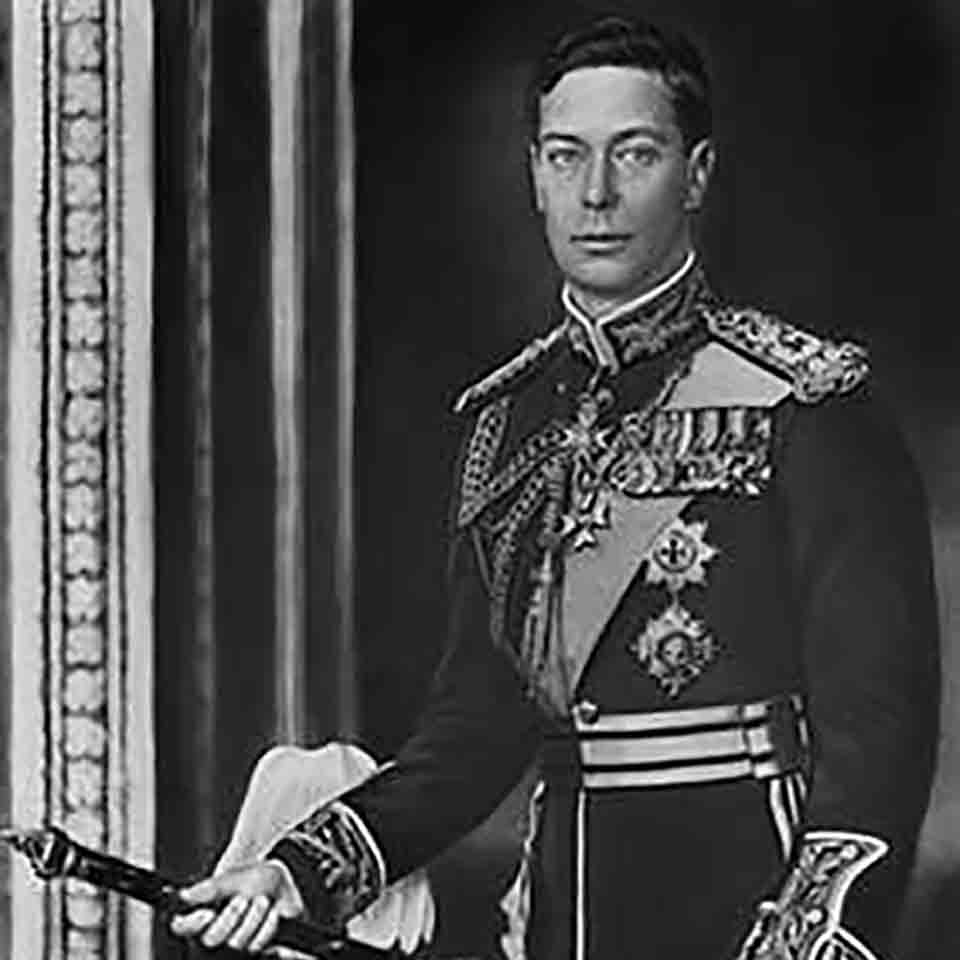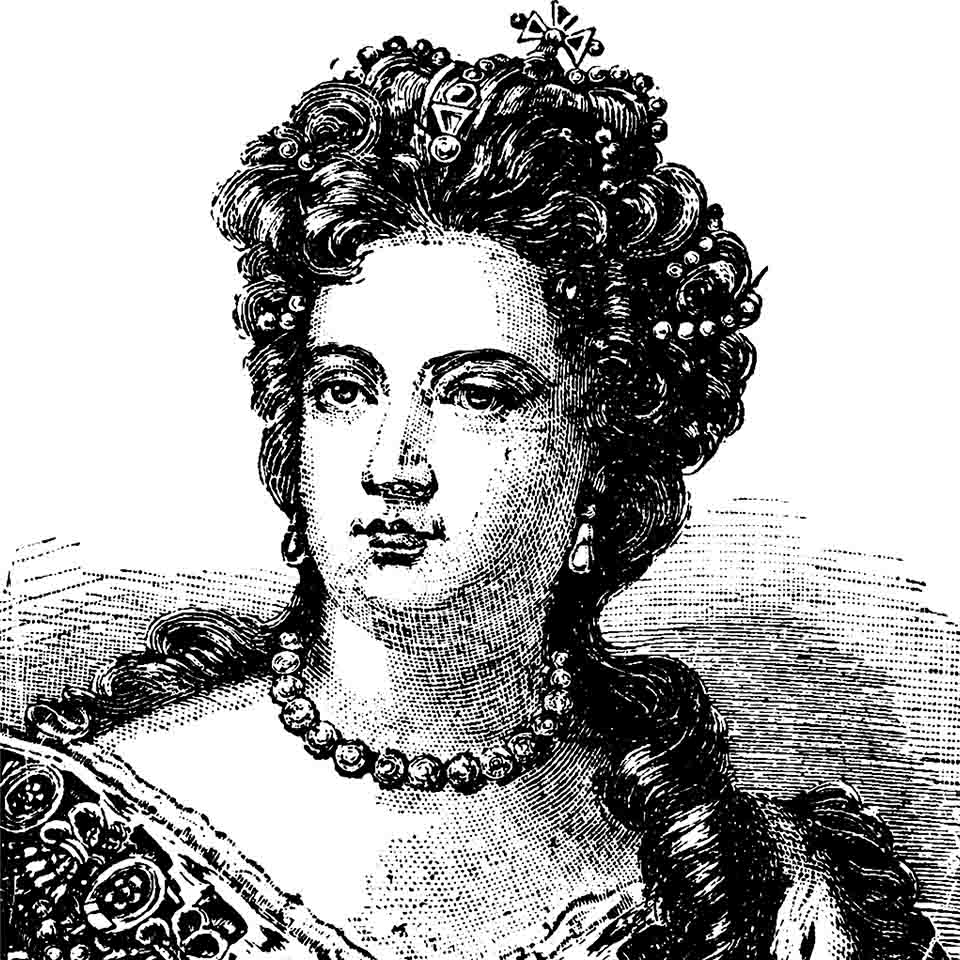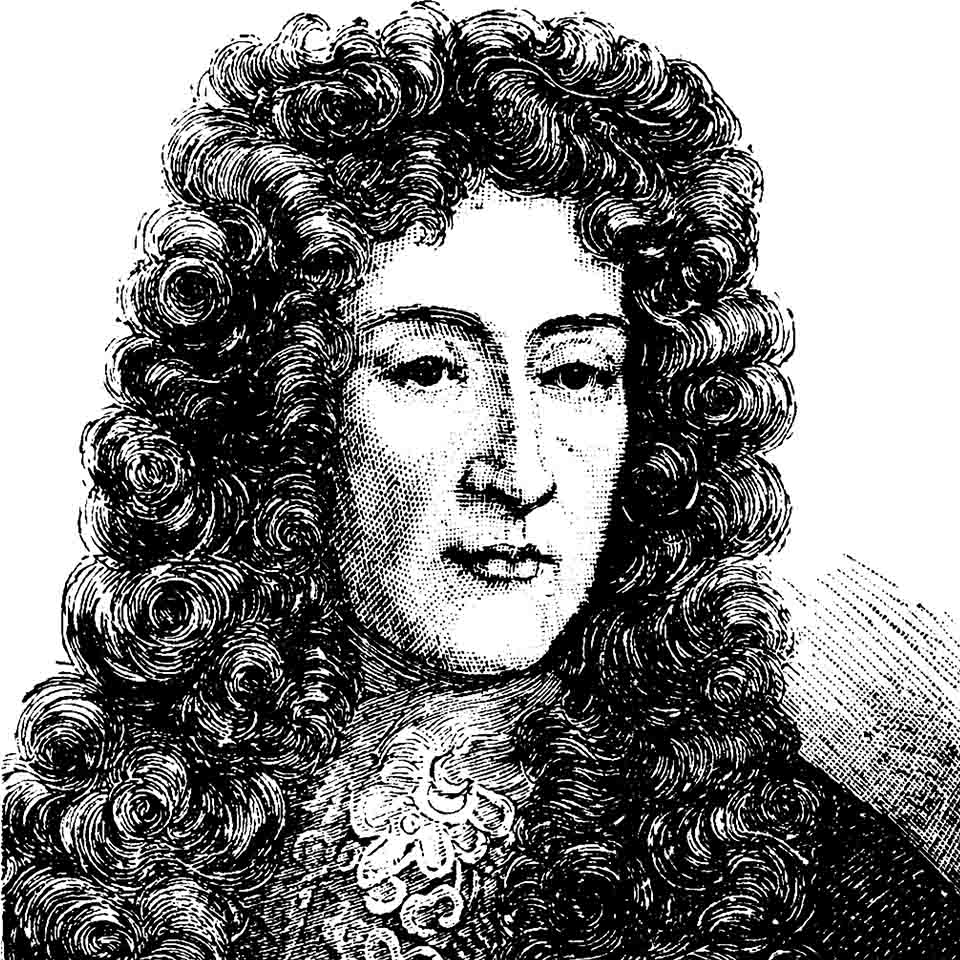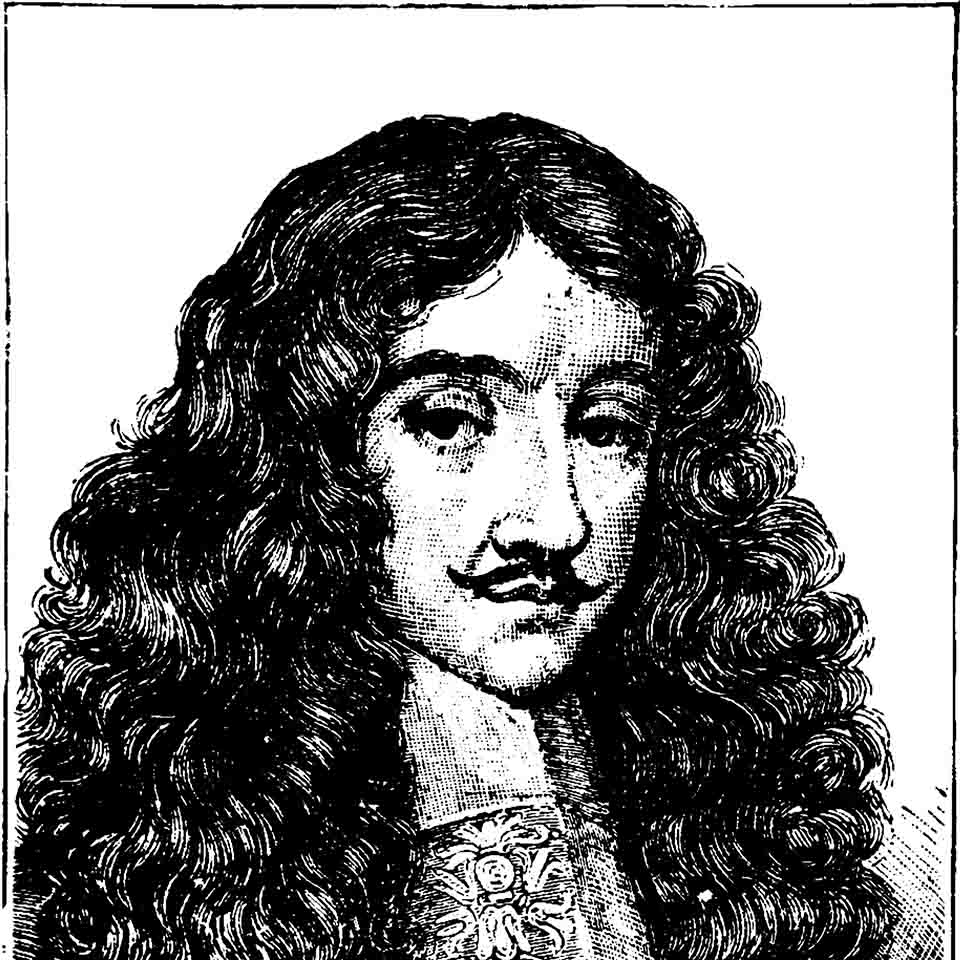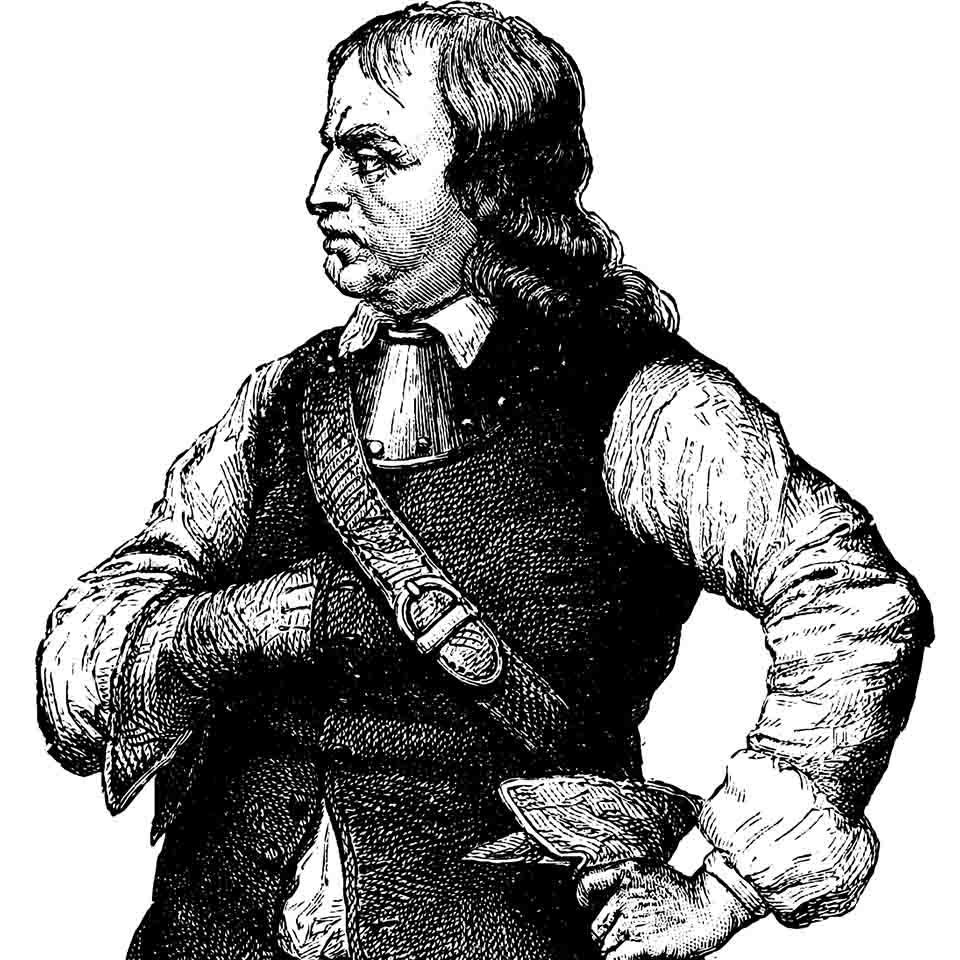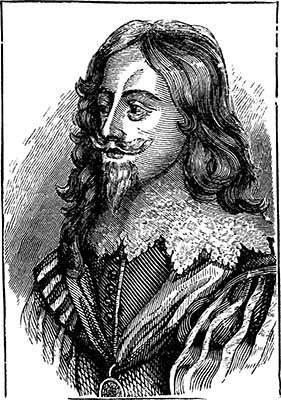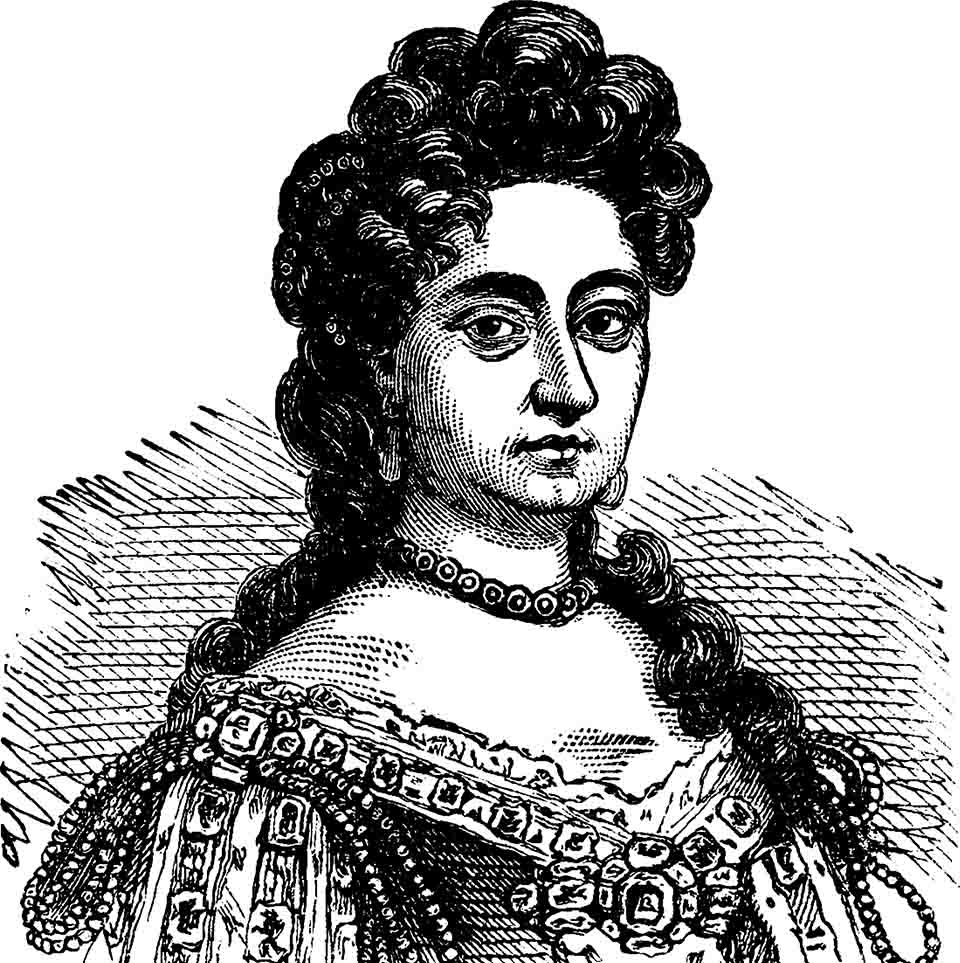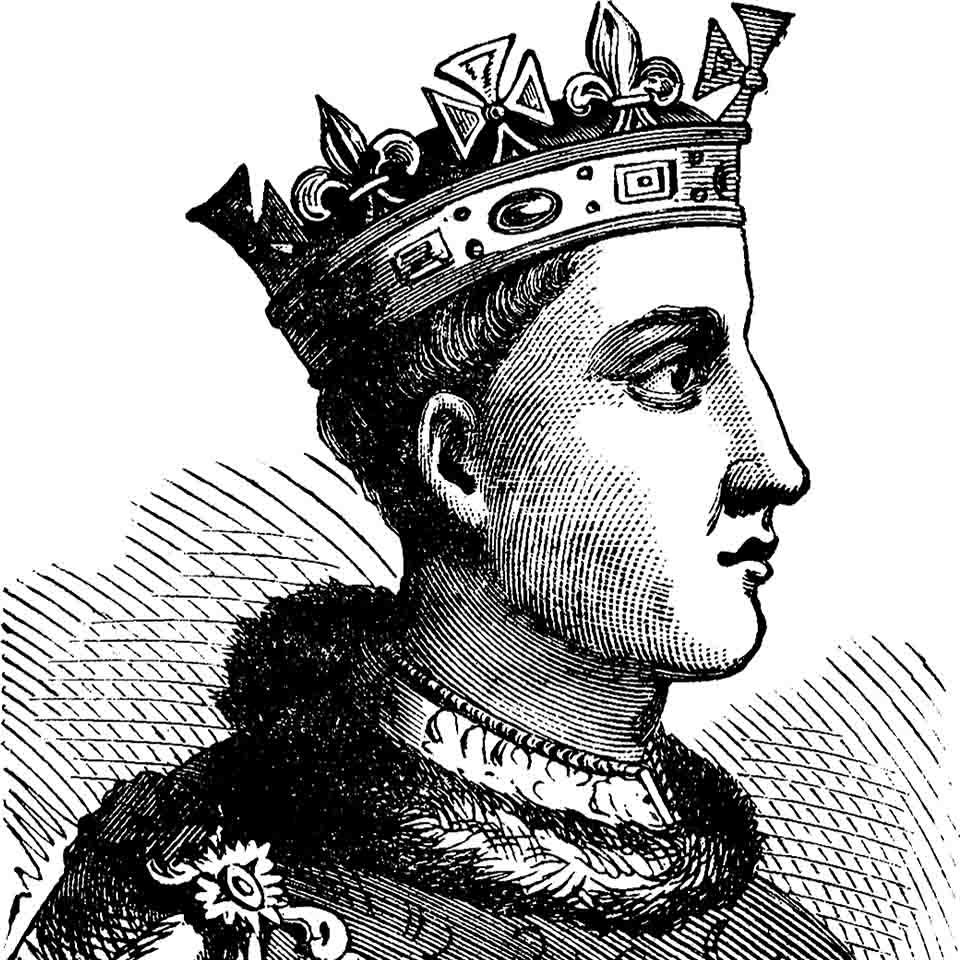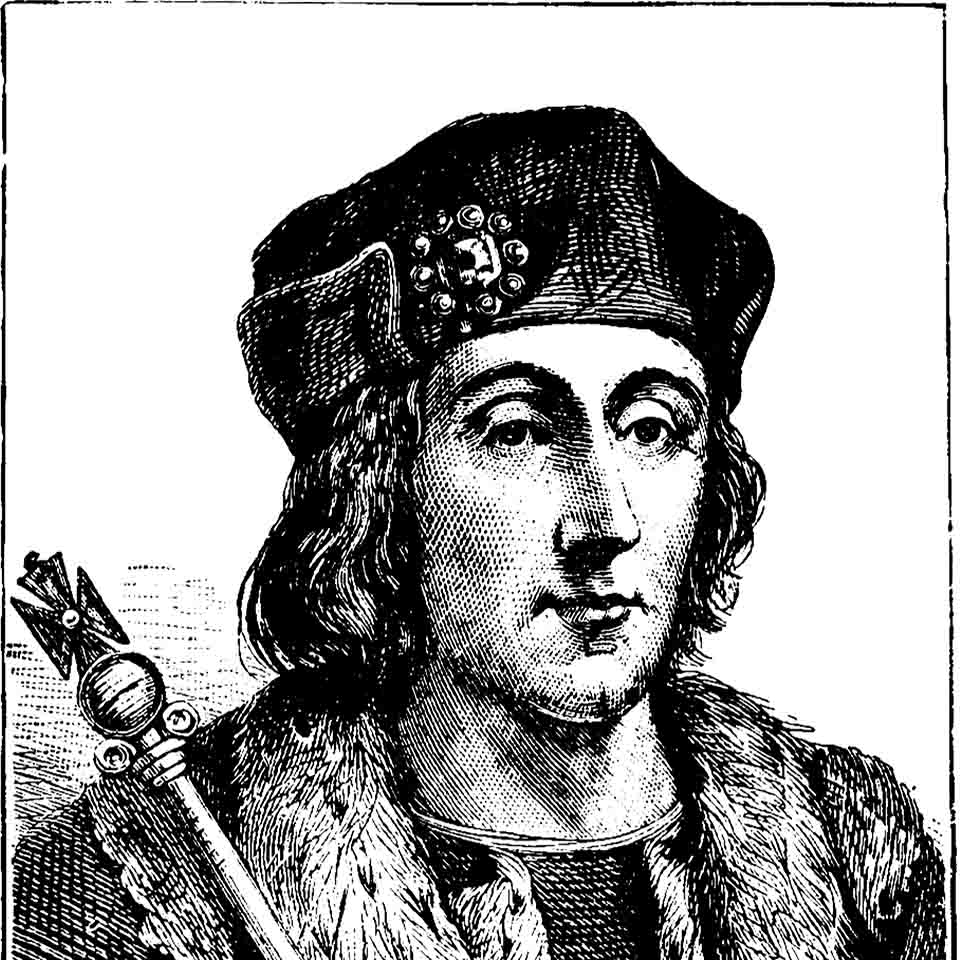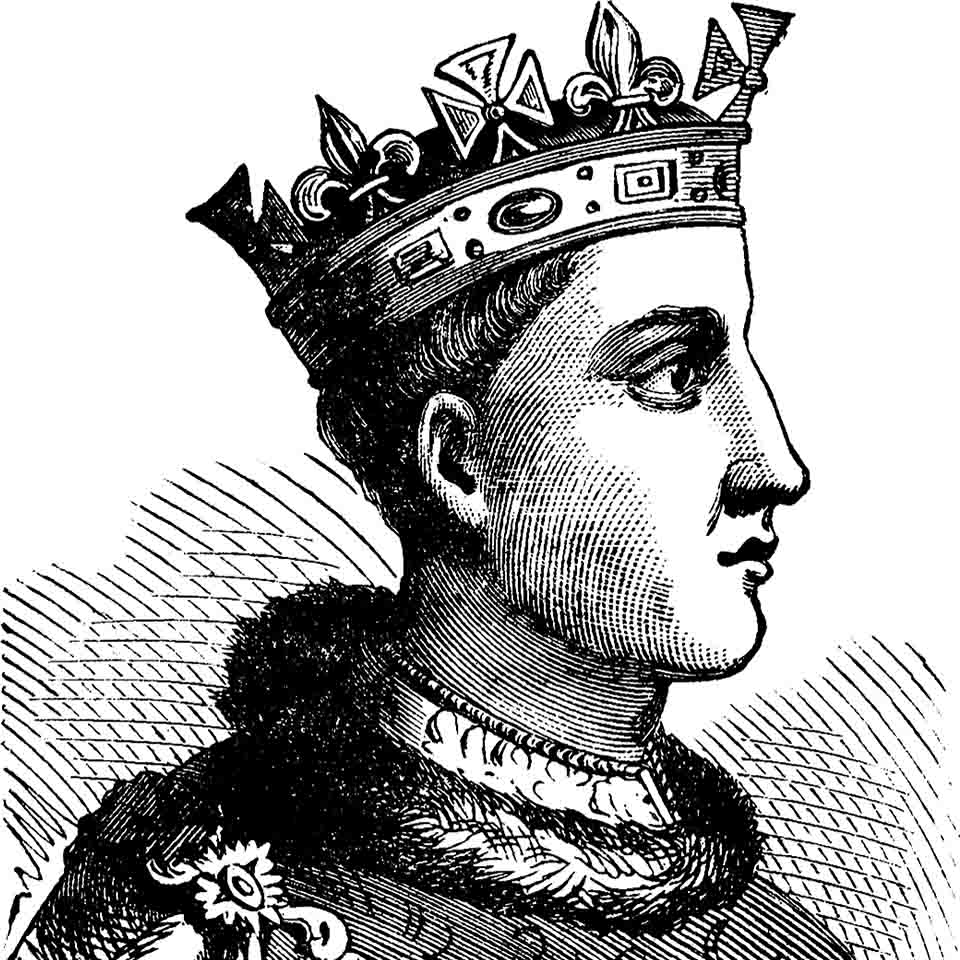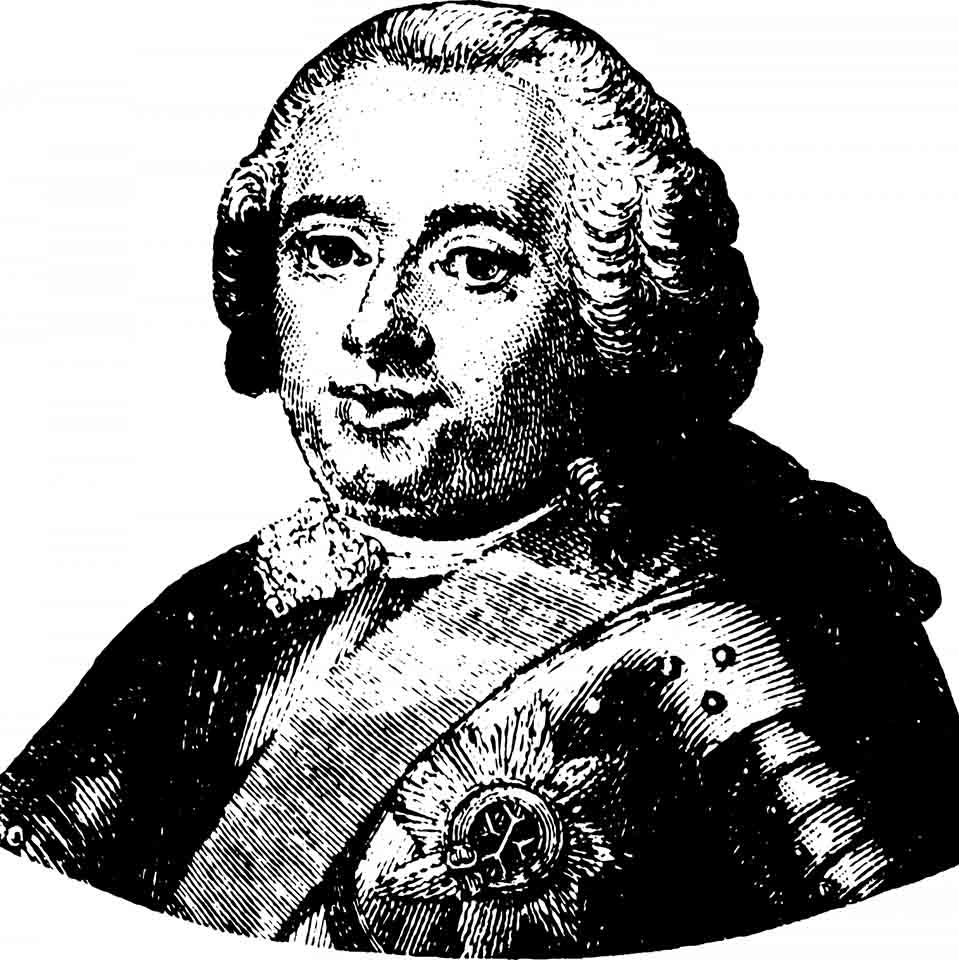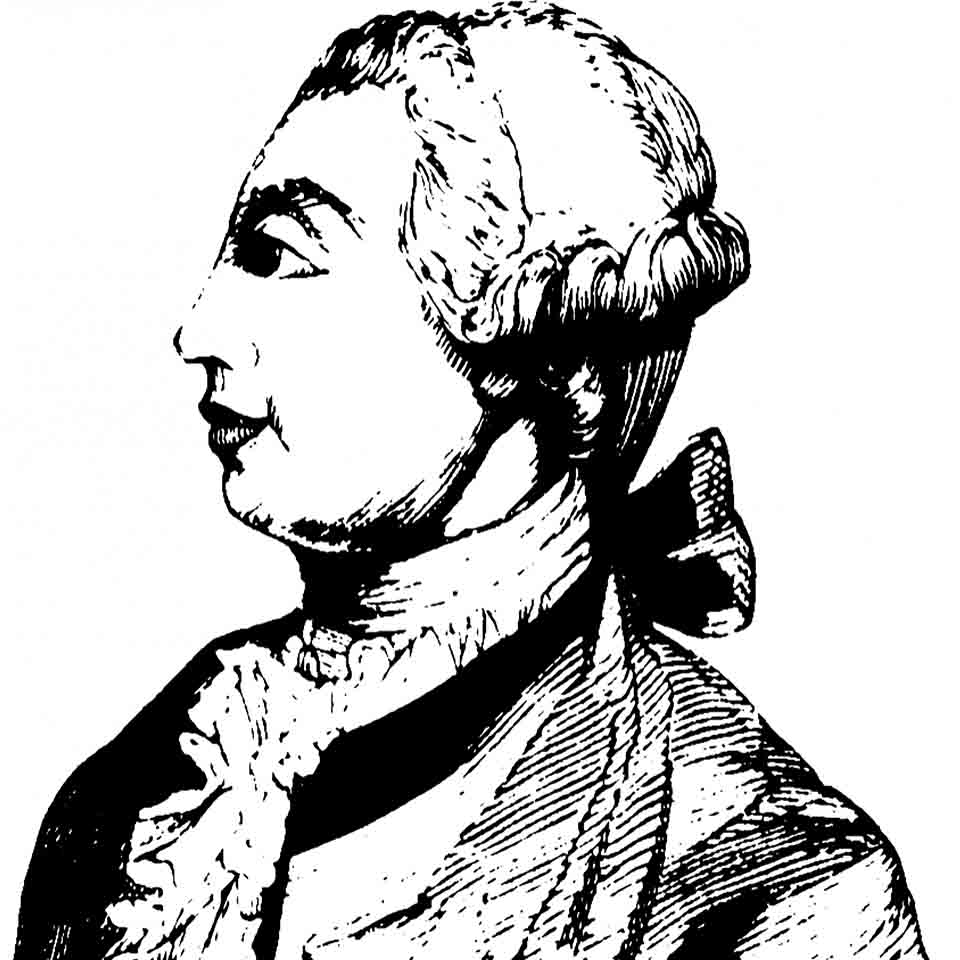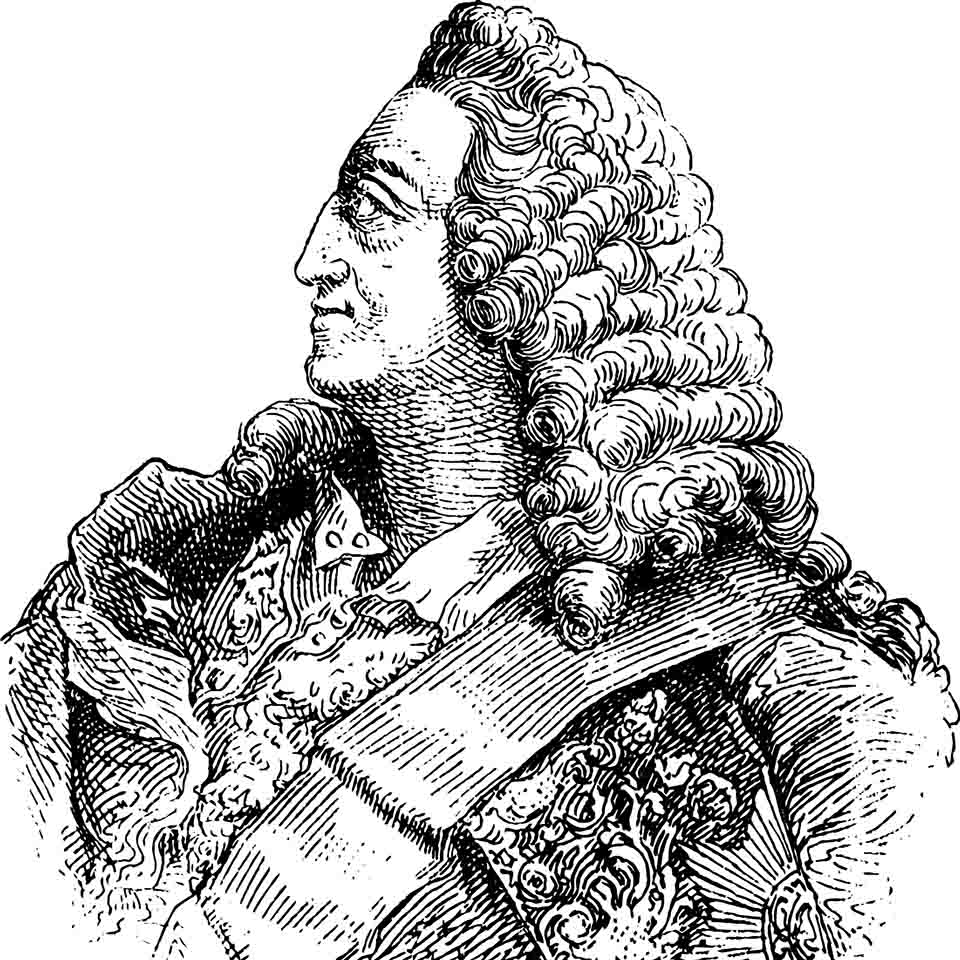The Coins of Queen Victoria - The Jubilee Head Portrait
Synopsis
You have found our blog about Queen Victoria Jubilee Head coins. If you are interested in purchasing Victoria Jubilee Head coins please click here.
This is the third in the series of The Coins of Queen Victoria - The Portraits.
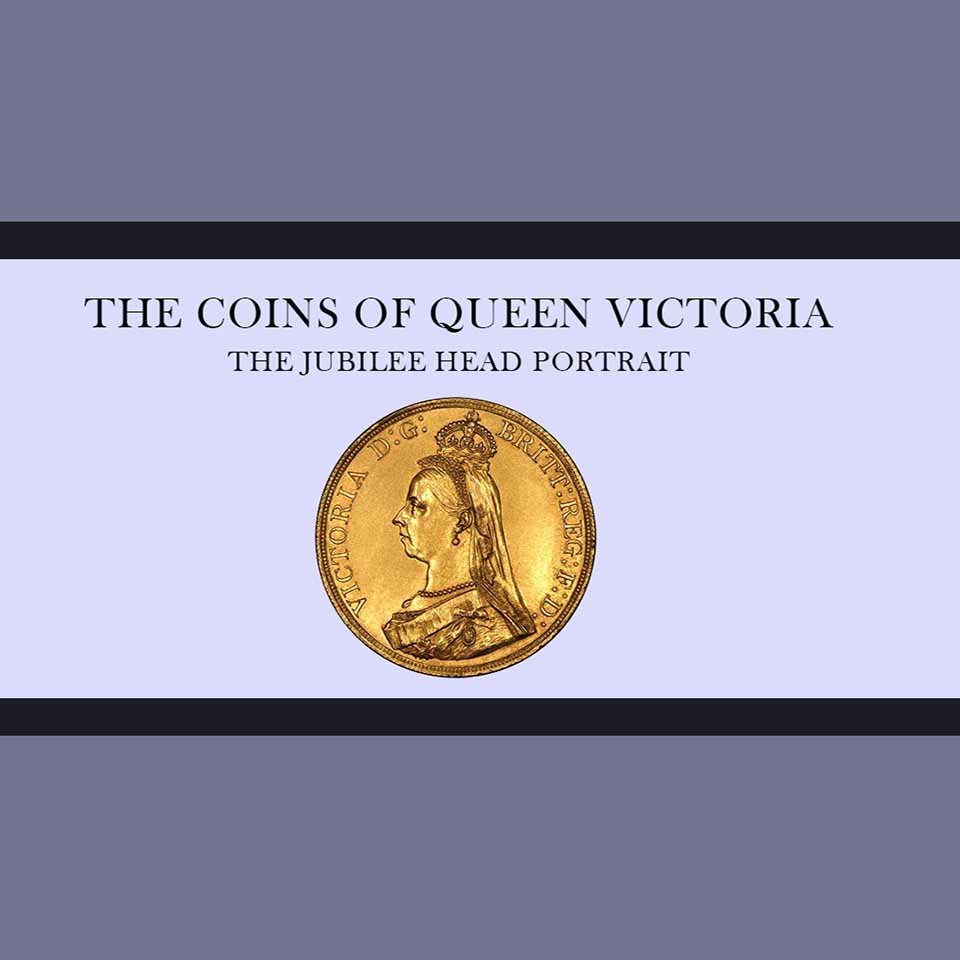
Queen Victoria's Golden Jubilee
Victoria, mother of eight children and Queen of the United Kingdom and Empress of India had been in mourning since the death of her beloved husband, Albert in 1861. Victoria's popularity had waned as she undertook her official duties in the seclusion of her royal residences. The public felt alienated by her self-imposed confinement. Rumours abounded about her relationship with her Scottish manservant, John Brown, and it was only after he wrestled a gun from a would-be assailant that Victoria started to slowly win her subjects' admiration again. The British public love a celebration and were proud of their monarch who had served them for half a century. The Golden Jubilee was marked by a banquet, a procession, a thanksgiving service at Westminster Abbey and many other festivities.
The Jubilee Head Portrait
To celebrate Queen Victoria's Golden Jubilee a new portrait was created for British coinage, the Jubilee Head portrait.
This was the third major portrait of the Queen's reign. Designed by Joseph Edgar Boehm, the portrait appeared on gold and silver coinage between 1887 and 1893.
The left facing Jubilee Head portrait displays a rather more mature queen. Victoria's face is fuller, her aquiline nose has a sharpness to it particularly at the tip and the area around the eye is sunken. Although the neckline is smooth there is a hint of a double chin. The Queen's hair is brushed smoothly off a much higher forehead than previous portraits. The ear is exposed displaying a large pearl drop earring.
Victoria wears a small crown which was specially commissioned and paid for by the Queen. Containing 1,187 diamonds and made from silver, the crown was named the Queen Victoria Diamond Crown, it was much smaller and lighter than the Imperial State Crown and could be worn over her lace mourning veil.
The Queen's dress is made of heavy silk and is decorated with a wide ruffle. She wears The Order of the Thistle and the First Class Badge of the Royal Order of Victoria and Albert pinned on her left shoulder.
The engraver's initials J.E.B. are in relief in the truncated shoulder.
This portrait did not find favour with the public or coin collectors. They were highly critical and unimpressed with the new effigy. They felt that the small crown perched on her head looked nonsensical and precariously balanced. It was also said that the Queen had a sour, almost petulant look which did not convey the regalness that was expected of a monarch.
Coins To Look Out For
There were a number of variations in design, regarding the positioning and sizing of the engraver’s initials and the size of the effigy on the coin’s surface. Depending on the variation, they can make a considerable difference to the value of the coin.
These include:
Gold
- 1887 proof Five Pounds Quintuple Sovereign
- 1887 Sydney mint Five Pounds Quintuple Sovereign and Two Pounds Double Sovereign, extremely rare.
- 1891 Sovereign, G: of D:G: closer to the crown with normal JEB and medium tail.
- 1888 Melbourne mint proof Sovereign.
- 1887 Melbourne Mint proof Half Sovereigns - two variations, one with small very spread JEB initials and the other with small close JEB initials.
- 1887 Sydney mint proof Half Sovereign
Silver
- Crown – 1888 wide date UNC grade.
- Double-Florin – 1888 and 1889 both with inverted 1 for I in VICTORIA in UNC grade.
- Florin – 1892 proof
- Shilling – 1889 proof and 1891 proof with large Jubilee head.
Counterfeit coins were prolific during this period, please make sure that you purchase high grade coins from reputable and established coin dealers.
NB: prices that coins achieve depend on the condition and grade of the coin. Prices can also be affected by market demand.
Further Reading
We hope that you have enjoyed this blog, you may enjoy the first and second blogs in this series:
Related Blog Articles
This guide and its content is copyright of Chard (1964) Ltd - © Chard (1964) Ltd 2024. All rights reserved. Any redistribution or reproduction of part or all of the contents in any form is prohibited.
We are not financial advisers and we would always recommend that you consult with one prior to making any investment decision.
You can read more about copyright or our advice disclaimer on these links.




